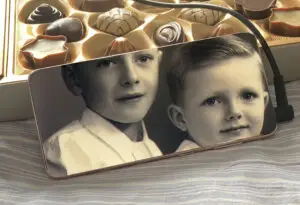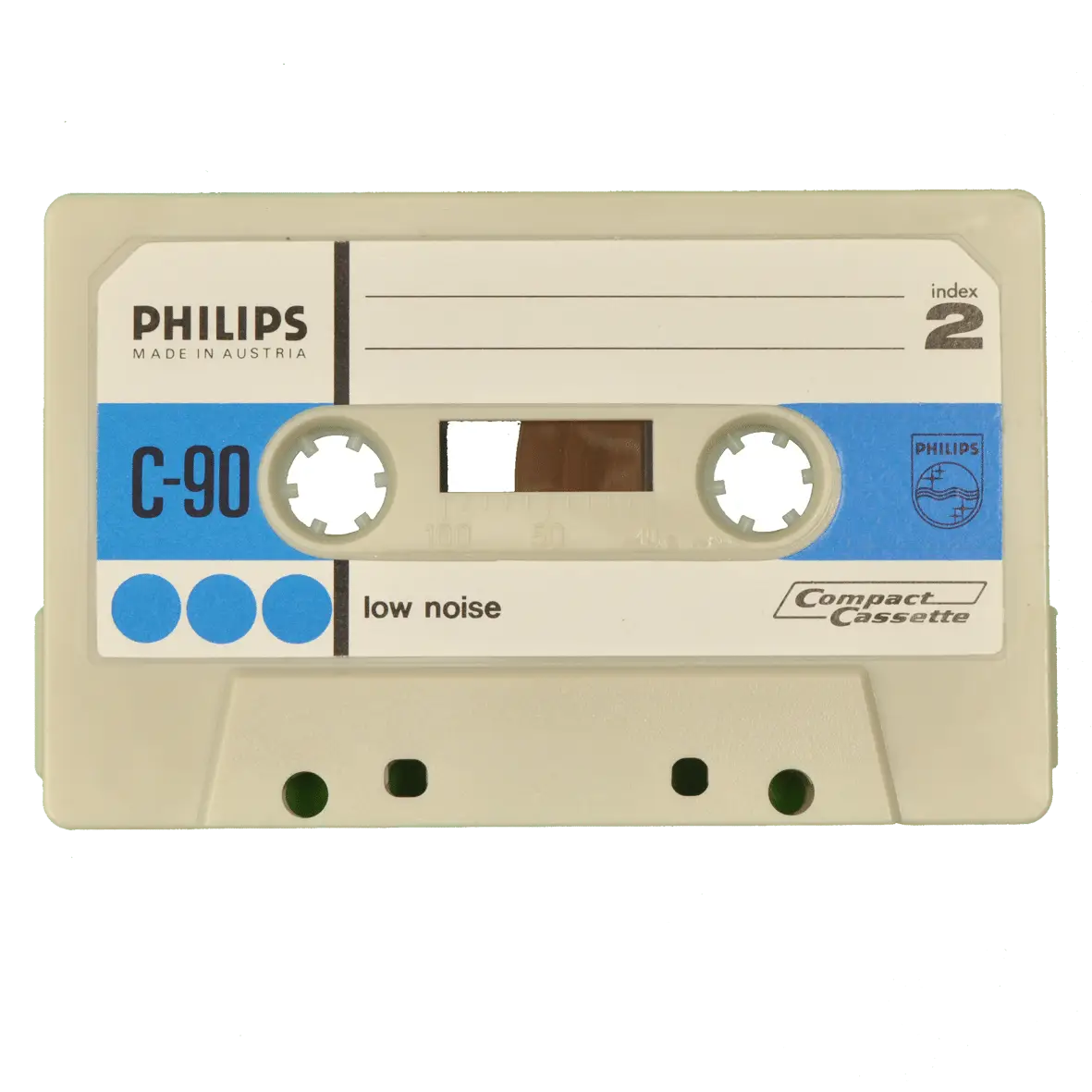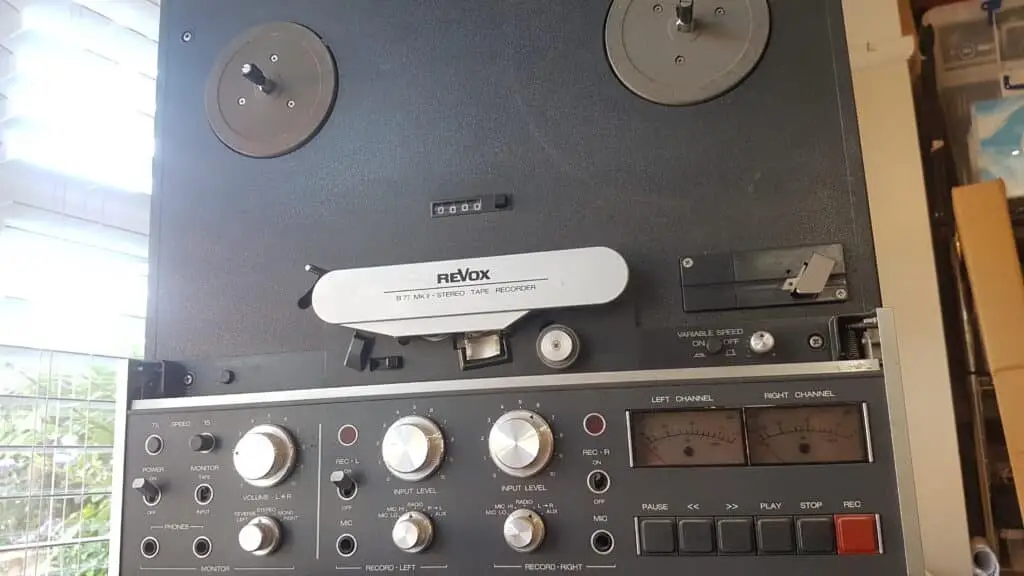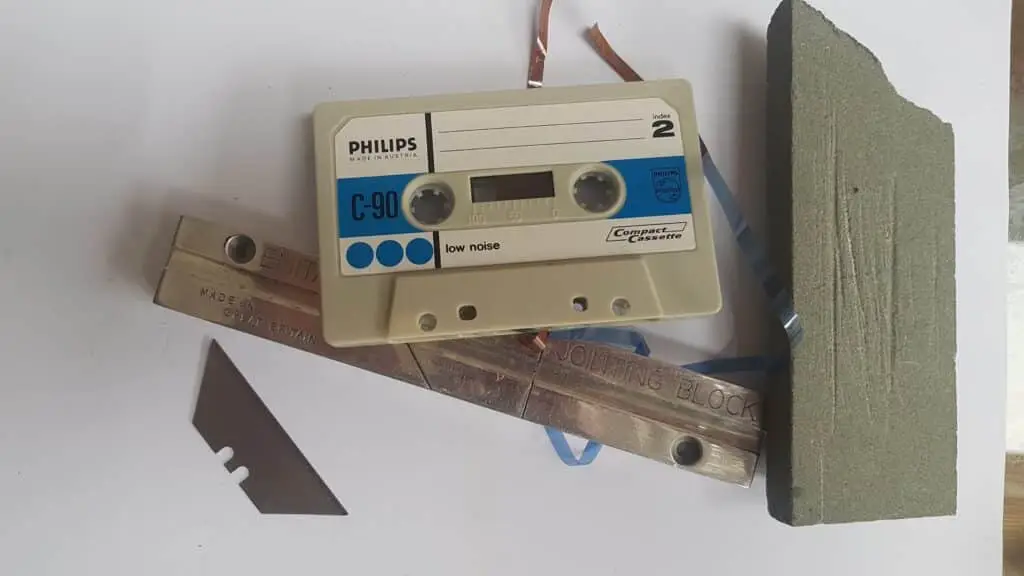


Audio Tape Conversion – The story of audio tapes, particularly the compact cassette, is a fascinating journey through time. In 1968, the compact cassette made its debut, and it quickly became a marvel of technology. Before the advent of tapes, the world of music equipment was dominated by bulky hardware, including the notorious reel-to-reel tape players, often referred to as “Mickey Mouse players” due to their double tape reels resembling the ears of Disney’s famous character.
The rise of the compact cassette was significant, spanning over 30 years before the emergence of shiny, metallic CDs that eventually took their place. In the early days, cassette tapes were primarily used for recording sounds at home. However, they soon gained recognition for their ability to produce high-quality recordings, making them the preferred medium for storing various forms of audio content. Their compact size offered a distinct advantage over 8-track players, and they proved to be more durable than vinyl LPs. CDs had yet to enter the scene, leaving cassettes as the top choice for audiophiles, whether at home or on the go, thanks in large part to the portability of devices like the Sony Walkman and similar players.
However, the decline of cassette tapes was as rapid as their ascent. Let’s delve into the history of audio tapes to understand their journey and if an audio tape conversion is right for you:
Around this time, reel-to-reel tapes were introduced. Initially unwieldy and large, they gained popularity among radio stations and commercial recording studios. Despite their size, they marked a crucial moment in audio technology, allowing professionals to capture sound with remarkable clarity. As the demand for more compact and convenient options increased, the oversized reel-to-reel tapes paved the way for innovations like the compact cassette, revolutionizing how audio files were stored and shared.
Two decades later, after extensive research and development, RCA successfully introduced the reversible cassette tape. While it addressed the issue of bulkiness to some extent, it still faced challenges in gaining widespread acceptance. These early reversible cassette tapes were about the size of video cassettes. Despite not achieving the expected popularity, they left room for improvement as technology continued to advance.
Approximately four years later, significant progress had been made, leading to the development of home recorders compatible with compact cassettes. This trend originated in the United States and eventually gave birth to the mixtape movement.
Around this time, the first albums released in cassette format hit the market. Renowned artists such as Nina Simone, Johnny Mathis, and Eartha Kitt embraced this format, coinciding with the rise of Beatlemania.
The mid-1970s witnessed a new trend as 8-track players, once incredibly popular, began to fade away. This decline was primarily attributed to the invention of cassette decks. Cassette decks offered a significant advantage: the ability to resume playback from where you left off, whether at home or on the move.
In 1979, Sony introduced a groundbreaking portable device known as the Walkman. It allowed music enthusiasts to carry their favourite tunes with them wherever they went. The Walkman transformed the way people consumed music, enabling them to enjoy their favourite tracks on the metro, in the library, or while on the move.
The year 2001 marked a turning point as CDs entered the market, signalling the decline of cassette tapes as they were known. From that point forward, cassettes faced a continuous decline, eventually disappearing entirely. The fate of cassettes mirrored that of VHS, their disc-shaped counterpart, which lost popularity to DVDs.
Cassette tapes bid farewell in style with the release of Jadakiss’ album, “The Last Kiss.” It served as a fitting swan song for the format.
In 2017, cassette tapes made a modest comeback, driven by the influence of audiophiles, nostalgia enthusiasts, and hipsters. While not as popular as vinyl, cassette tapes found a niche following in recent years. Some contemporary artists even released new music on cassettes.

As we reflect on the history of audio tapes and their conversion, it’s also essential to consider their place in the future. While cassette tapes have largely given way to digital formats, the nostalgia and unique characteristics of analogue media continue to hold a special allure for many.
In recent years, there has been a resurgence of interest in analogue formats, including vinyl records and, yes, cassette tapes. Audiophiles and music enthusiasts appreciate the warm, authentic sound that analogue recordings deliver. Vinyl records have experienced a significant revival, with artists releasing new albums on vinyl and record stores thriving once again.
Cassette tapes are part of this analogue revival. They offer a tangible and tactile experience that digital formats cannot replicate. There’s something captivating about inserting a cassette into a deck, pressing play, and watching the spools turn. The physicality of cassettes, complete with their colourful artwork and unique packaging, appeals to collectors and music aficionados.
Moreover, cassette tapes have become a canvas for indie musicians and underground artists. DIY cassette releases have become a popular way to share music in limited editions. These tapes often feature handmade artwork and personalized touches, creating a sense of intimacy between the artist and the listener.
The resurgence of cassette tapes has also led to a renewed interest in audio tape conversion. Many individuals who had stashed away their old cassette collections are now looking for ways to digitise and preserve their cherished recordings. Services like ours can help bridge the gap between analogue nostalgia and modern digital convenience.
As technology advances, the process of audio tape conversion continues to improve. High-quality digital transfers can capture the essence of analogue recordings, preserving their unique characteristics while making them accessible in the digital age. It’s a testament to the enduring appeal of these vintage formats that people are willing to invest in preserving their audio memories.

Unlock the timeless treasures hidden within your cassette tape collection with our expert cassette digitisation service. Preserve the rich, nostalgic sounds of the past in pristine digital formats, ensuring they endure for generations to come. Our skilled technicians delicately handle every tape, capturing the essence of your music, memories, and recordings with precision. Say goodbye to the limitations of analogue and embrace the convenience of digital while retaining that unmistakable warmth. Rediscover forgotten favourites and relive cherished moments effortlessly. Let us transform your cassettes into digital gems, making your audio library easily accessible in today’s digital world. Experience the magic of cassette digitisation today, contact us today!
In conclusion, the history of audio tapes, from their inception to their resurgence and the ongoing interest in audio tape conversion, is a testament to the enduring appeal of analogue media. While the landscape of music consumption has evolved, there will always be a place for the warmth and nostalgia that cassette tapes bring. As we move forward, we’ll continue to embrace the past, ensuring that the sounds of yesteryears remain accessible to future generations, both in their original analogue glory and in the digital realm.
The compact cassette had a relatively short lifespan but left a significant impact. Despite their limited utility in today’s digital world, they, along with cassette decks and Sony’s Walkman, revolutionized the way people consumed music. If you have old cassettes, home recordings, or bootlegs that you’d like to preserve, we can assist you in digitising them, ensuring that their content remains accessible in the digital age. Don’t hesitate to send us your tapes, and we’ll give them a modern touch, ushering them into the 21st century!